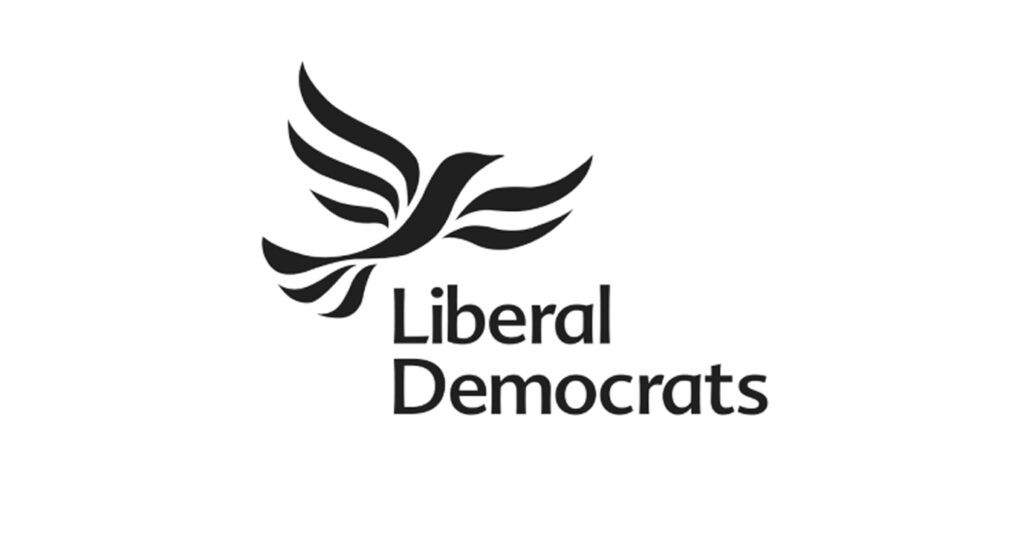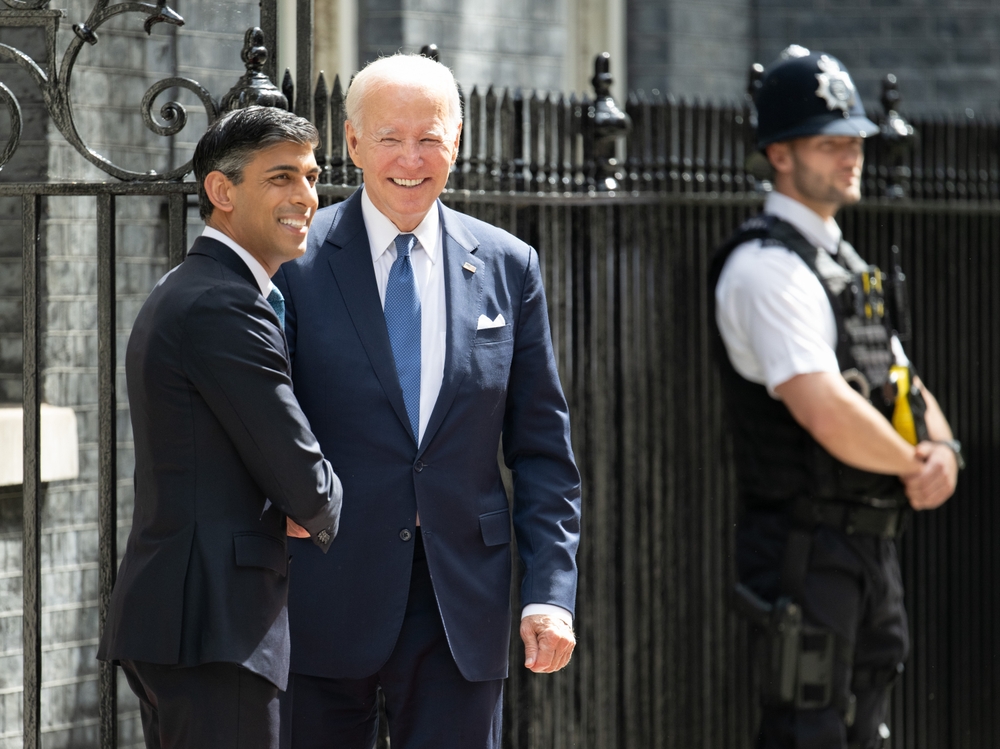
A referendum on the Alternative Vote is currently planned for 5 May 2011. The pollsters have turned their attention to the likely ramifications should the public decide to adopt such a system for general elections. There has been a widespread assumption that the Conservatives have nothing to gain from electoral reform, and the work that has been done so far – such as the YouGov poll for the Spectator earlier this month – has indeed suggested that the Tories would be the biggest net losers when comparing A.V. with First Past The Post (FPTP). As ever, though, national polls can only tell us so much – it would be in the marginal seats that A.V. would make a decisive difference. Would voters in these seats behave differently under the two systems? And would the effect be different depending which parties were in contention?
A newly commissioned 6,000-sample poll helps to shed some light on the debate. 1,500 people were interviewed in each of four clusters of target seats: the 50 most marginal Labourheld seats with the Conservatives in second place; the 50 most marginal Conservative-held seats with Labour in second place; the 25 most marginal Liberal Democrat-held seats where the Conservatives are second; and the 25 most marginal Conservative seats where the Lib Dems are second.
The findings are striking. Under a FPTP election, Labour would gain 28 of the seats in which it is currently in second place to the Conservatives. Although the Conservative vote in these seats was only fractionally down since the general election, a 4-point drop in the Liberal Democrat share exclusively benefited Labour. In the 25 Liberal Democrat-held seats, though, the collapse in the Lib Dem vote was much more dramatic: the party was down 15 points from its general election position. In this scenario, the Conservatives would win all of these seats plus a further five – more than compensating for its losses on the Labour battleground.
Under A.V. the swings were less dramatic but the effect was no less interesting. In Con-Lab marginals, while Labour voters were much more likely to give their second preference to the Lib Dems than to the Conservatives, Liberal Democrats were more likely to give their second preferences to the Tories than Labour – albeit by a smaller margin. Labour would gain 16 Conservative seats under this system. In the Liberal Democrat-Conservative battleground, although the Lib Dems were the significant net beneficiaries of second and third preferences, they were so far behind on first preferences that the effect of the transfers was to narrow the Tory lead, not eliminate it. In this scenario the Conservatives would gain 19 of Lib Dem seats in which they are in second place – leaving them three seats up on the deal, compared to only two under FPTP. This gives the rather counterintuitive result that in an election now, the Conservatives could do as well, and possibly better, under A.V. than under FPTP.
There will be further complicating factors, of course. We don’t yet know for sure the impact of the reduction in the number of constituencies – the Conservatives should be the net beneficiaries, but the parties will fight over every boundary line; until the new map is drawn we won’t know how many seats will change hands for a given swing. It is also possible that, under A.V., swings could start to vary between seats even more than was the case on 6 May, if voters start to set even more store by the merits of individual candidates when allocating their preferences. And fairly small shifts in headline voting intention (particularly an increase in support for the Liberal Democrats) could change the result under A.V. significantly, given their advantage in second and third preferences.
We took the opportunity to gauge the opinion of the marginals more widely. Not surprisingly, the coalition’s performance was more highly rated in the Conservative-Liberal Democrat battleground than where Labour are strong contenders, though a clear majority thought the new government was doing well overall – indeed nearly a quarter admitted to thinking it was doing better than they expected. However, only one in ten of those who did not vote Conservative or Liberal Democrat on 6 May said they were now more likely to vote for either party because of the way they have conducted themselves since the election.
Voters in these seats were evenly divided as to whether the coalition represents “the beginning of a new type of politics”, though small majorities thought so on the Conservative-Liberal Democrat battleground. Just under half thought the way David Cameron and the Conservatives had behaved since the election “shows that the Conservative Party really has changed for the better”.
Significantly, even in the Liberal Democrat-held seats, less than a quarter of voters thought the Lib Dems were having a significant impact on the coalition government’s agenda. Most thought the government’s agenda is very similar or the same as what they would see if the Conservatives were governing alone.
Nearly half of voters thought a Labour government would be cutting public spending by less than the coalition is currently doing. At the same time, though, they saw most of the controversial Budget measures – including the VAT rise, and freezes in public sector pay and Child Benefit – as “necessary and unavoidable” rather than “avoidable and unnecessary” (though by widely varying margins, and with the exception of cuts to the school building programme). Accordingly, a majority in all seats –reaching two thirds in the Conservative-Liberal Democrat battleground – agreed that “it is right to start cutting back on public spending now because the longer we put off dealing with the deficit the greater the cost of sorting it out”. However, only a third thought the effects of the tax rises and spending cuts were “being spread fairly” – most felt that “ordinary hard working people are bearing the brunt”.
How these strands of opinion develop, and particularly how former Liberal Democrat voters perceive their party’s role in the coalition, will determine the outcome of the next election – however the votes are counted.


